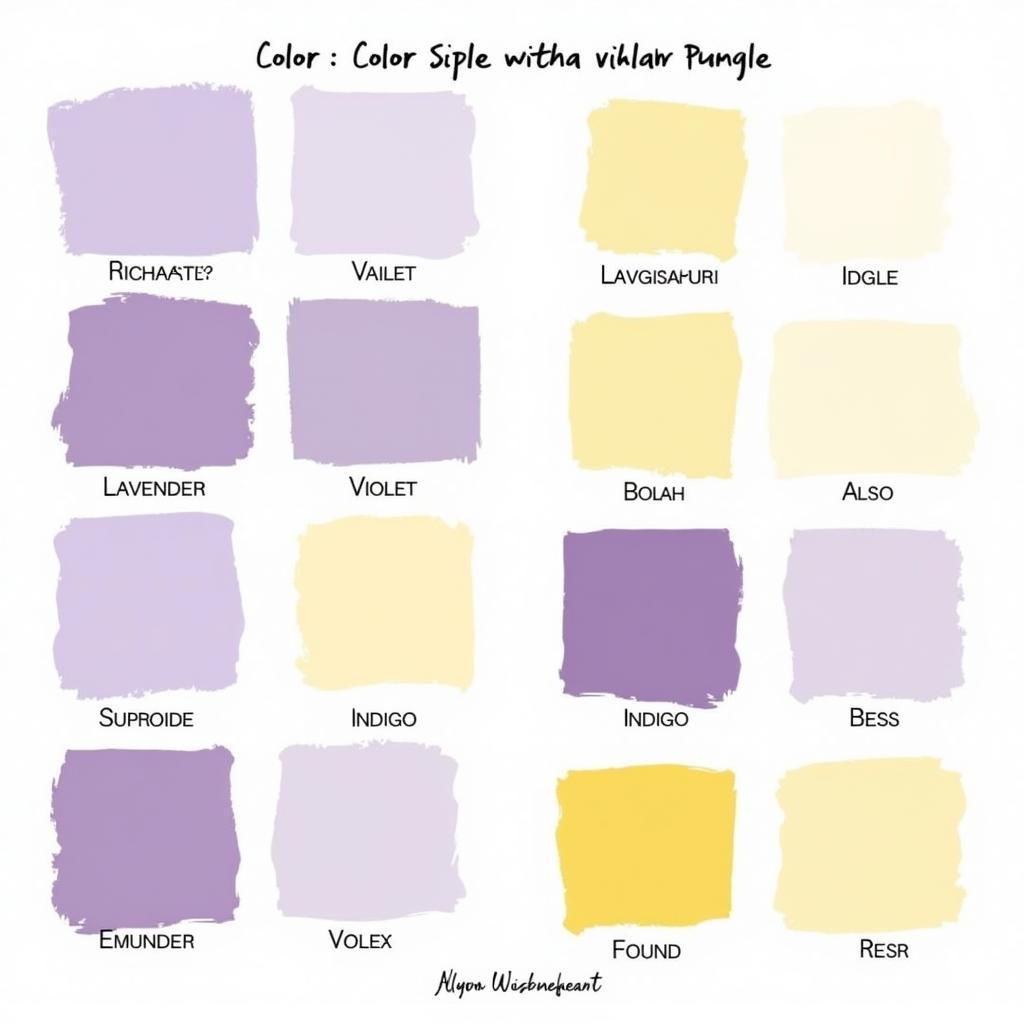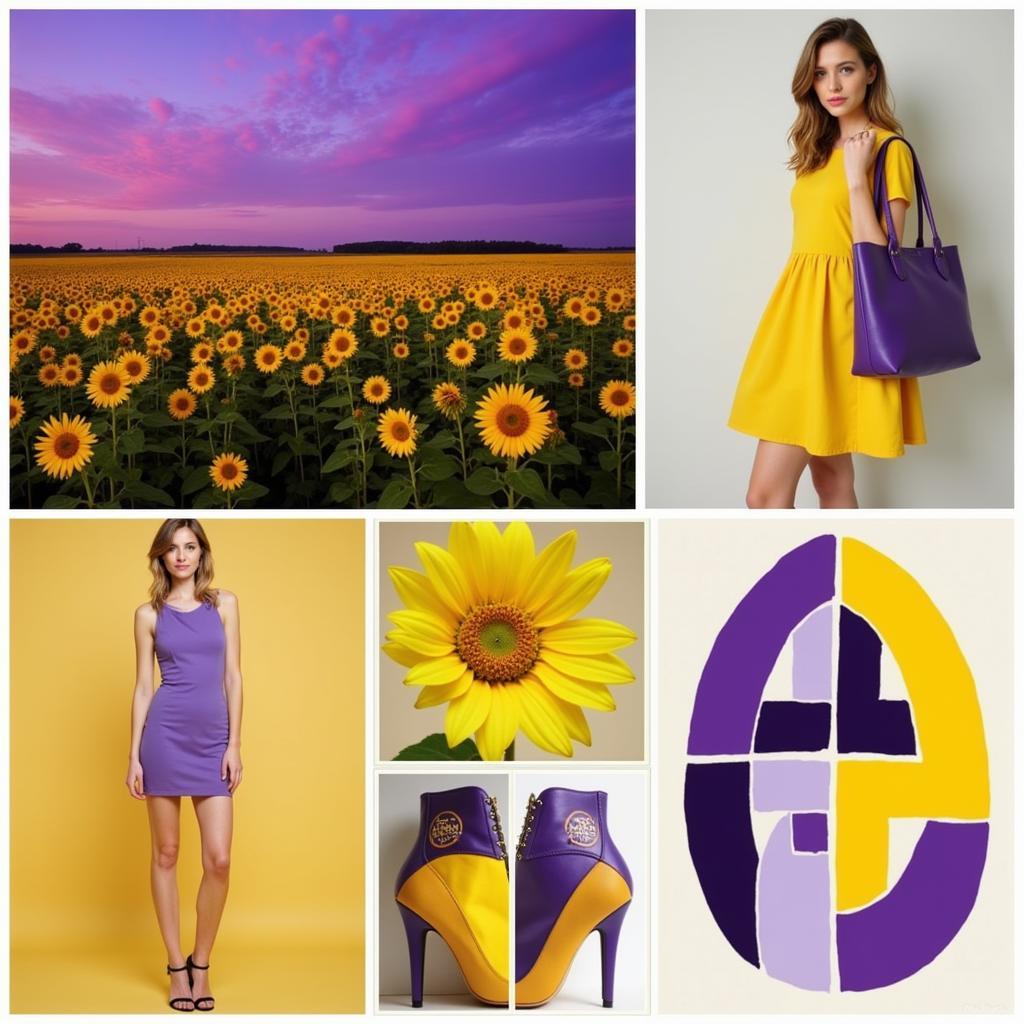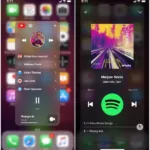Yellow, the color of sunshine and optimism, holds a prominent place in the color spectrum. But what about its opposite? Understanding color opposites, also known as complementary colors, is crucial for creating visually appealing and balanced color schemes in everything from home decor to graphic design. So, what color sits directly across from yellow on the color wheel? The answer is purple.
Decoding the Color Wheel and Complementary Colors
The color wheel, a visual representation of colors arranged according to their chromatic relationships, is a fundamental tool for understanding color theory. It helps us visualize how colors interact and how to create harmonious or contrasting combinations. Complementary colors sit opposite each other on the wheel, offering the highest degree of contrast. They enhance each other’s vibrancy when placed side-by-side, creating a dynamic and eye-catching effect. Yellow and purple exemplify this relationship perfectly.
Why is Purple the Opposite of Yellow?
The science behind complementary colors lies in how our eyes perceive light and color. When we look at a color for an extended period, our eyes naturally seek its complement. This phenomenon explains why purple appears so vibrant when placed next to yellow. The yellow stimulates the eye to seek its opposite, purple, intensifying the perception of both colors. This creates a visually stimulating and balanced effect. This principle is widely used in design to create focal points and add visual interest.
 Different Shades of Purple Opposite Yellow
Different Shades of Purple Opposite Yellow
Exploring the Different Shades and Tones
It’s important to remember that “purple” encompasses a wide spectrum of shades and tones, from light lavender to deep violet and indigo. Each of these variations offers a unique complementary relationship with yellow. A pale yellow paired with a light lavender creates a soft and delicate feel, while a bright yellow juxtaposed with a deep violet offers a bold and dramatic statement. Understanding these nuances allows you to tailor your color choices to achieve the desired mood and aesthetic. What’s the opposite color of yellow? While purple is the general answer, the specific shade of purple you choose can dramatically influence the overall effect.
 Real-World Examples of Yellow and Purple Color Combinations
Real-World Examples of Yellow and Purple Color Combinations
Using Yellow and Purple in Design
What is the opposite of yellow on the color wheel? Knowing the answer to this question opens up a world of design possibilities. Whether you’re decorating your home, creating a marketing campaign, or painting a picture, the complementary relationship between yellow and purple can be harnessed to create stunning visual effects. Consider using yellow as an accent color against a predominantly purple background or vice versa. You can also explore using different shades and tones of both colors to create depth and complexity. What is the opposite of the color yellow? Purple. This knowledge empowers you to create visually compelling designs.
Conclusion
Purple reigns supreme as the color opposite yellow, offering a powerful contrast that can be leveraged for dynamic design. Understanding this fundamental principle of color theory unlocks countless possibilities for creating visually engaging and harmonious spaces. Whether you’re painting a wall, designing a logo, or choosing an outfit, the interplay between yellow and purple provides an exciting canvas for creative expression. What is the opposite of yellow on the color wheel? The answer is purple, and embracing this dynamic duo can elevate your design projects to a new level of visual appeal.
FAQ
- What is the simplest way to identify the opposite of a color? Use a color wheel. The color directly across is its complement.
- Are complementary colors always visually appealing together? Generally, yes, but the specific shades and tones matter. Experimentation is key.
- Can I use more than two complementary colors in a design? Yes, but it requires careful balancing to avoid visual overload.
- What is the opposite of the color yellow? Purple.
- Besides yellow and purple, what are other examples of complementary colors? Red and green, blue and orange.
- What is opposite yellow on the color wheel? Purple.
- Why is it important to understand complementary colors? It’s crucial for creating balanced and visually appealing color schemes.
Need support? Contact us 24/7: Phone: 0373298888, Email: [email protected]. Visit us at 86 Cau Giay, Hanoi.
